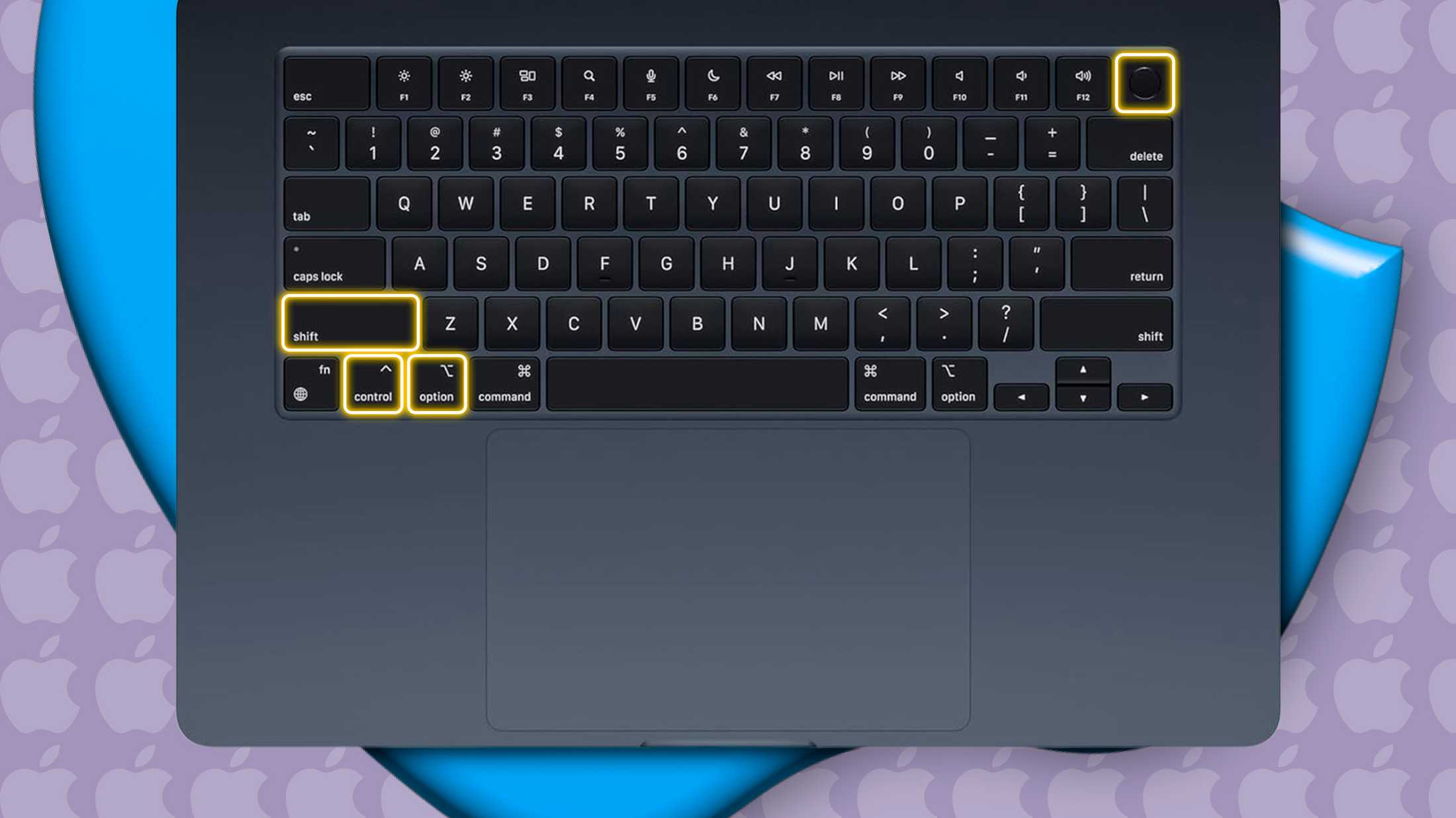Have you noticed your Microsoft Office apps looking a bit different lately? That would be the new default Office theme kicking in. I, personally, am a fan of the new look, but if it’s not your cup of tea, you can revert to the old theme.
[mai mult...]Can’t Delete a Windows File or Folder?
How to switch from Google to Proton
How to change the default Terminal on Ubuntu
How to check iPad battery health
How Microsoft Outlook helps me achieve Inbox Zero
Why you should keep USB debugging enabled on your Android Phone
The Xbox 360 Storefront is closed, but you can still buy Digital Games
How and when to reset the SMC on your Mac

If you’re experiencing weird Mac behavior, like a computer that’s not responding properly when you press the power button or open the lid or the backlight is playing up, one solution is to reset the system management controller or SMC. It sounds technical, but it actually isn’t.
[mai mult...]I Tried using a Windows Clone as a Daily Driver
Linux can sort of run Windows apps but not without jumping through multiple hoops. Imagine an operating system that is designed from the ground up to run Windows apps natively. That’s the promise of ReactOS.
[mai mult...]